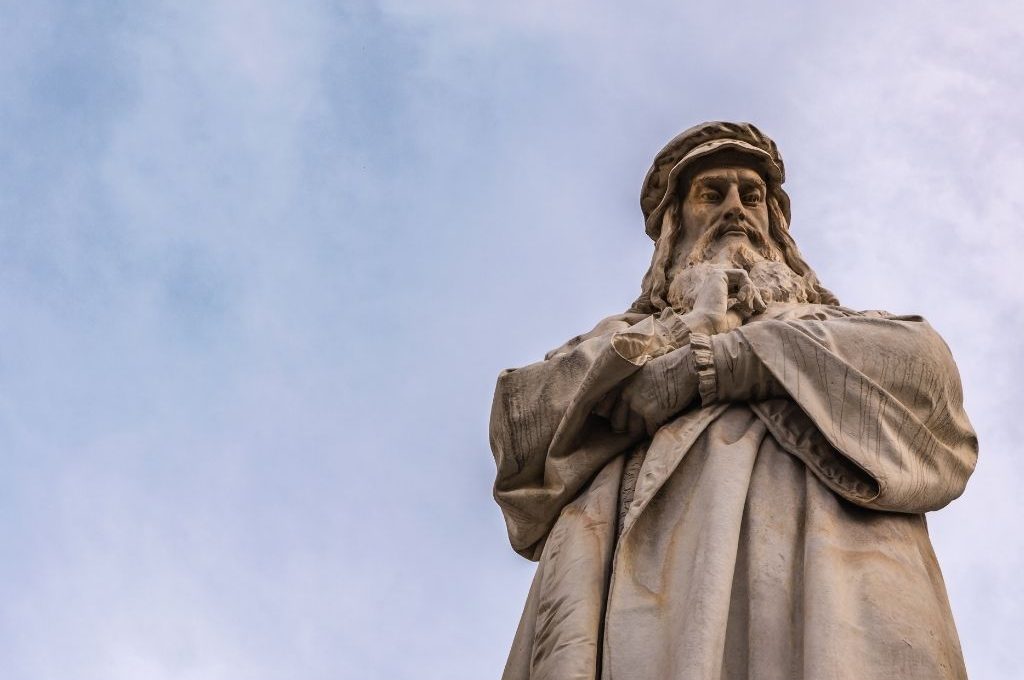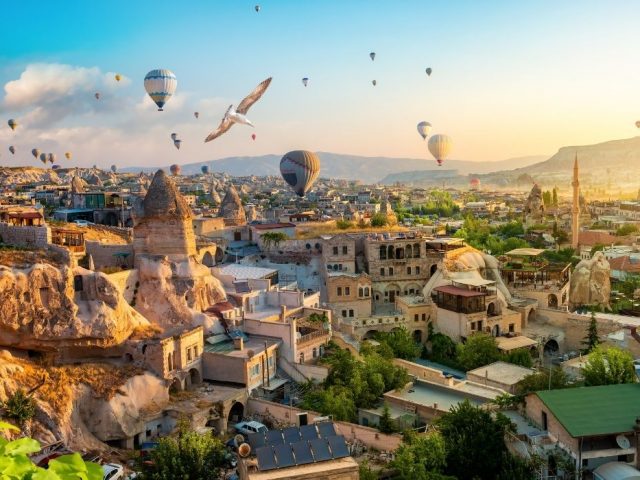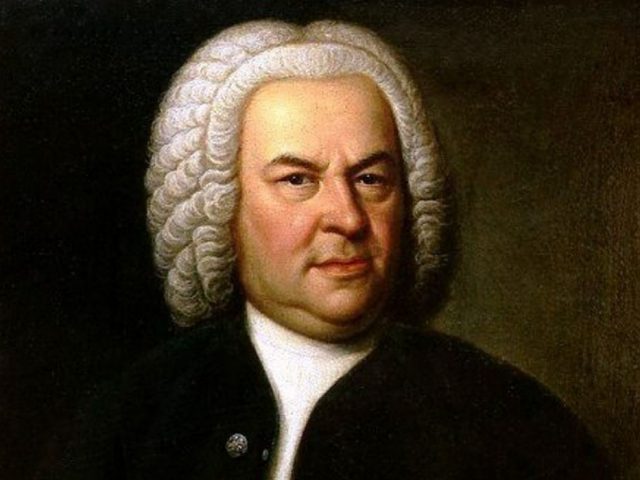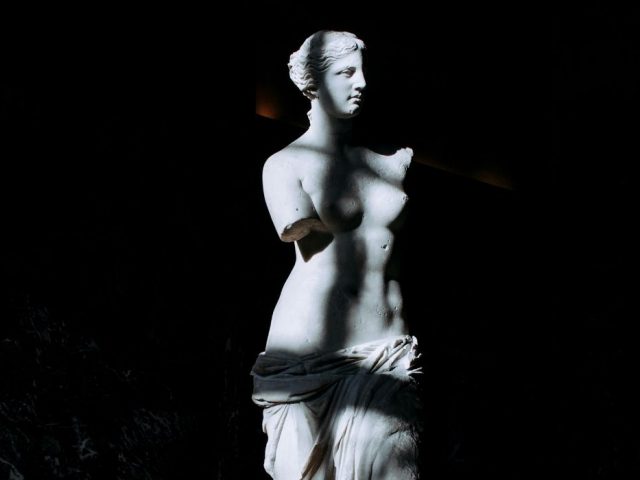Over the years, dozens of artists have come and gone. And among them, a number of classical painters went beyond their own time and culture. Some received the recognition they deserved only years later, while others left behind only a few but equally valuable works. They were all proof that art and artists are truly universal and timeless.
🛎️ Reminder: Don’t forget to download Piri Guide mobile app to explore the works of famous artists and the museums or cities that house them! 😊
Raffaello Sanzio
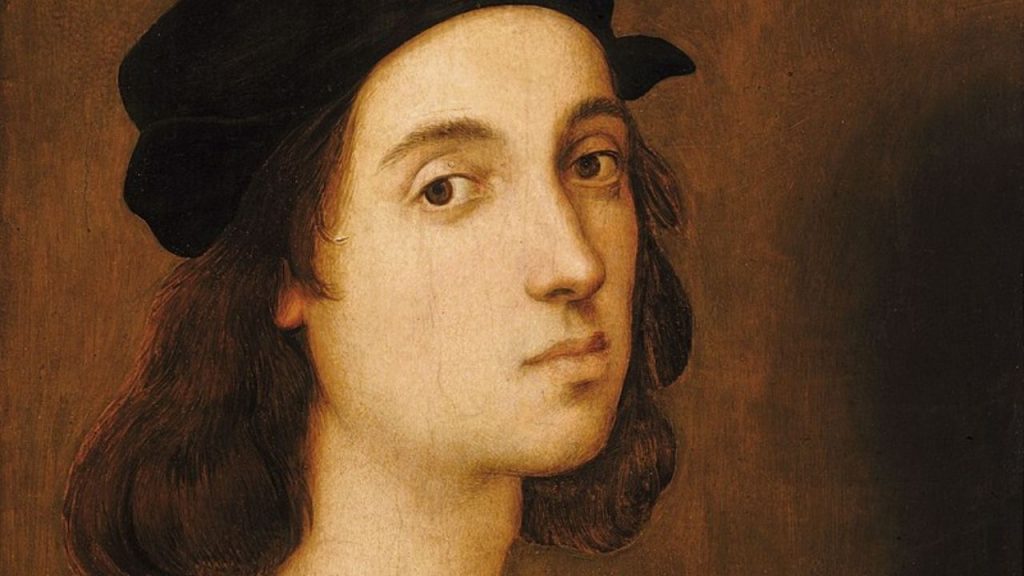
Raffaello Sanzio, a.k.a Raphael, was one of the master classical painters and architects of the High Renaissance. Born in 1483 in the city of Urbino, Italy, Raphael’s talents were recognizable at a young age. He began working as an apprentice to the painter Perugino at the age of 11. Also, he later travelled to Florence and Rome to study the works of great Renaissance masters such as Michelangelo and Leonardo da Vinci. Raphael must have established a very important place for himself in the art world, as he had many students and followers during this time.
In Raphael’s works, we see a reflection of harmony, balance, and elegance. He preferred to portray his figures in a certain aesthetic, calmly and peacefully. One of his most famous works, exhibited in Germany, is the “Sistine Madonna”. Other works that have made a mark in the art world include the “Madonna of the Meadows”, the “School of Athens”, and the “Transfiguration”.
Sandro Botticelli
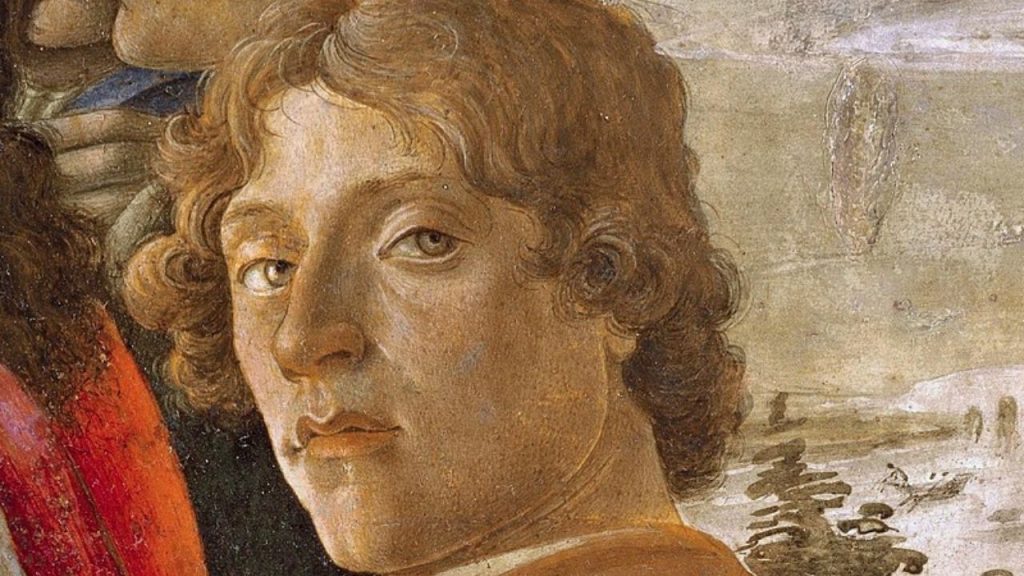
Sandro Botticelli, a classical artist whose real name was Alessandro di Mariano Filipepi, was a highly influential Italian painter of the Early Renaissance. He was born in 1445 in Florence, Italy. The works of ancient Greek and Roman masters along with the ideals of the Italian humanist movement largely influenced Botticelli. He often depicted his figures in a spiritual setting just like many classical artists.
Undoubtedly, Botticelli’s most famous work is “The Birth of Venus,” which shows the goddess of love and beauty rising from the sea on a shell. The painting is one of the masterpieces of the Early Renaissance and is at the Uffizi Gallery in Florence. Another well-known work is “Primavera,” which illustrates the arrival of spring and consists of with mythological figures and symbols.
Botticelli was commissioned by the Medici family to create works of art. However, after the death of Lorenzo the Magnificent, Botticelli’s style fell out of favour, and he became a relatively obscure figure. His works began to regain popularity in the 19th century. At that time, he received the recognition he deserved as one of the greatest painters of the Renaissance.
Johannes Vermeer
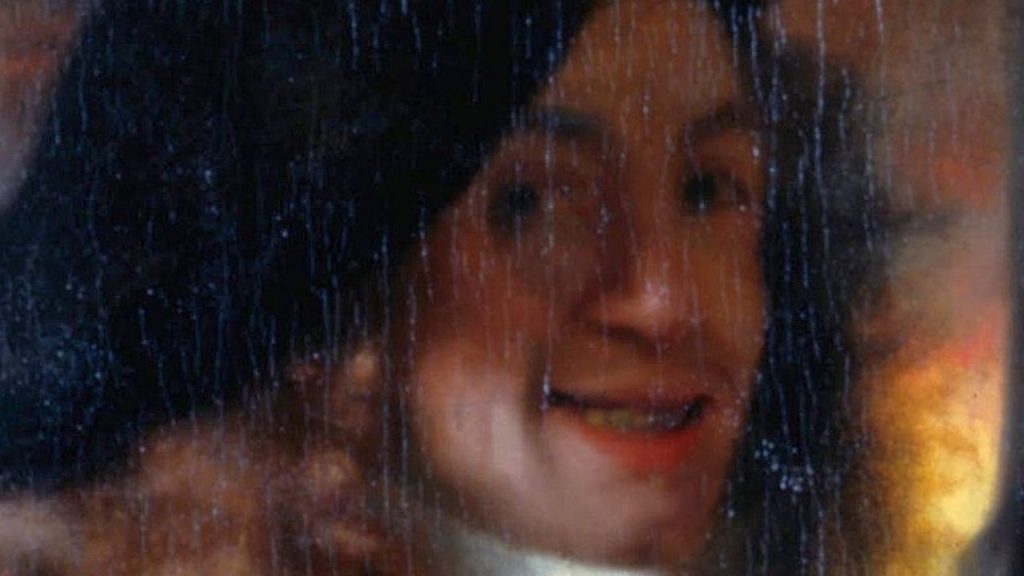
Johannes Vermeer was a Dutch painter who lived in the 17th century. He was born in 1632 in the city of Delft in the Netherlands. We know him for his realistic and highly detailed paintings of domestic scenes. Despite his artistic talent, Vermeer’s work was not well-known during his lifetime. His paintings did not leave Delft very often. However, like Botticelli, his work was rediscovered in the 19th century. Today, Vermeer is one of the greatest classical painters of the Dutch Golden Age.
In his works, Vermeer created a serene atmosphere by using bright light and soft colours. When we look at his paintings, we notice that they depict pieces of everyday life. Sometimes it is a woman playing a musical instrument, sometimes a man reading a letter, and sometimes a maid pouring milk. Vermeer’s realistic and photographic style is called “camera obscura”. His most famous work is “Girl with a Pearl Earring”, which depicts a girl wearing a yellow and blue headscarf and a pearl earring. “Girl with a Pearl Earring” is currently on display at the Mauritshuis museum in The Hague, Netherlands.
Leonardo da Vinci
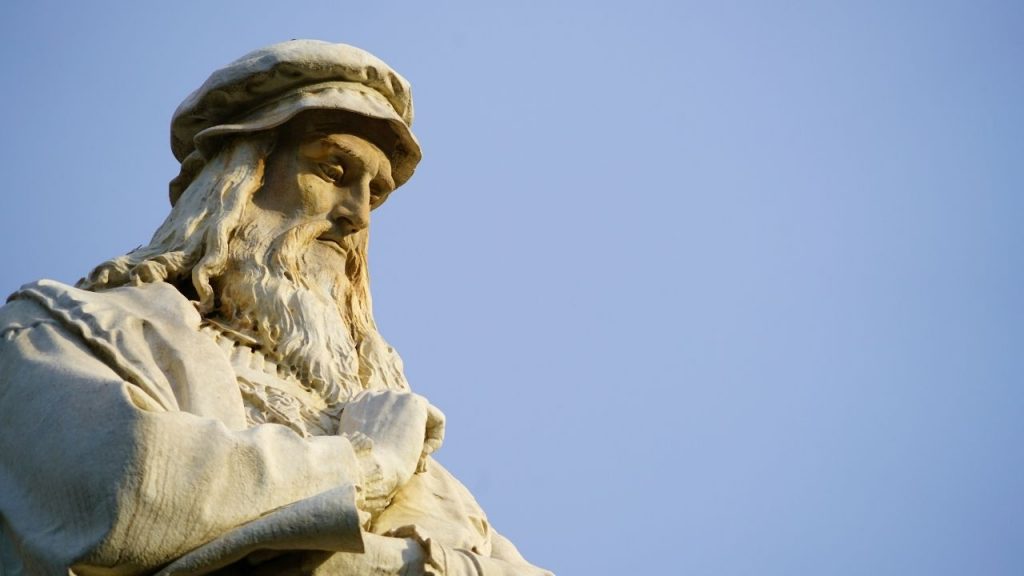
Here is a true Renaissance man for you!
Leonardo, who was from the small town of Vinci in Italy, had his talents recognized at a young age. He worked as an apprentice under Andrea del Verrocchio, a famous artist and inventor of his time. Leonardo’s most famous painting is “Mona Lisa”. The painting is known for its mysterious smile, masterful use of light and shadow, and realistic depiction of the subject. “Mona Lisa” is currently on display at the Louvre Museum in Paris. We should also not forget the wall painting “The Last Supper,” which illustrates Jesus eating his last meal with his disciples. “The Last Supper” is not only a masterpiece of religious art, but also an important work of the High Renaissance.
In addition to his paintings, Leonardo was a prolific inventor and scientist. He made detailed drawings and notes on a wide range of subjects, including anatomy, optics, hydrodynamics, and flight. He designed flying machines, weapons, and even a helicopter. His drawings and notes were evidence of his curiosity, creativity, and relentless quest for knowledge. Although many of his inventions were not appreciated during his lifetime, his notebooks and drawings have inspired dozens of artists and scientists.
🎨 Also, we should remind you that you can find our Paris audio tours on Piri Guide mobile app. Piri Guide detects your location, offers you the best travel routes, and starts telling you the hidden stories of wherever you are. All you have to do is to get your headphones or earbuds and follow the path at your own pace. Then, don’t set out for your trip before downloading the digital travel guide! 😊
Michelangelo Buonarroti
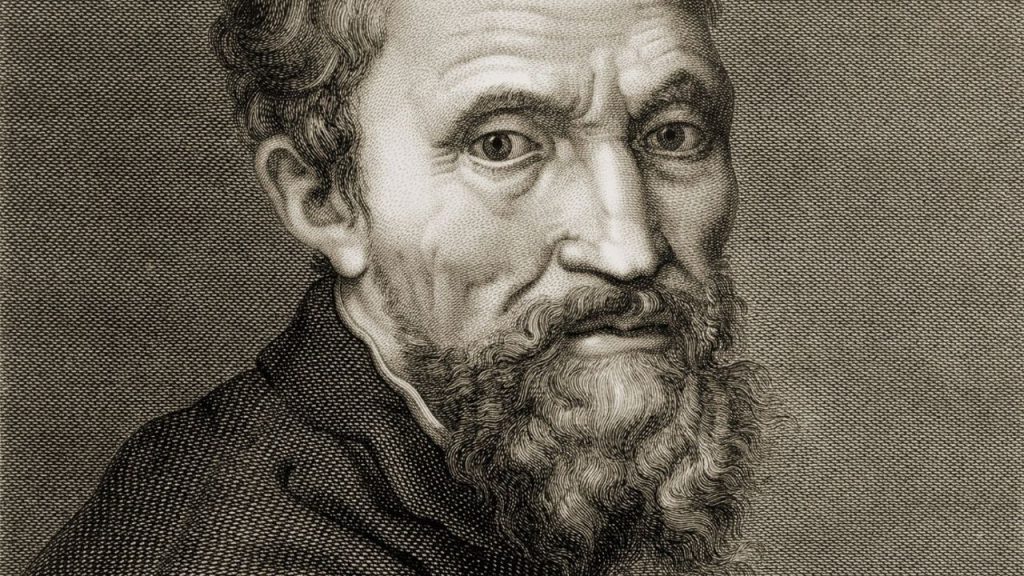
One of the most influential classical painters of the High Renaissance, Michelangelo Buonarroti was born in 1475 in the small town of Caprese in Italy. He apprenticed under the painter Domenico Ghirlandaio when he was only 13 years old.
Michelangelo’s sculptures and frescoes are quite famous. One of his most famous sculptures is the 17-meter marble statue of the biblical hero David, which is in the Galleria dell’Accademia in Florence. Another famous sculpture is the “Pietà,” which depicts Mary holding the body of Jesus and is in St. Peter’s Basilica.
As a classical artist, Michelangelo also painted the ceiling of the Sistine Chapel in the Vatican. These frescoes are scenes from the book of Genesis and portray the human body in a thorough and realistic manner.
If you feel like you’ve reached the peak of classical art, we recommend that you take a look at our article “5 Modern Art Movements You Must Know“.

